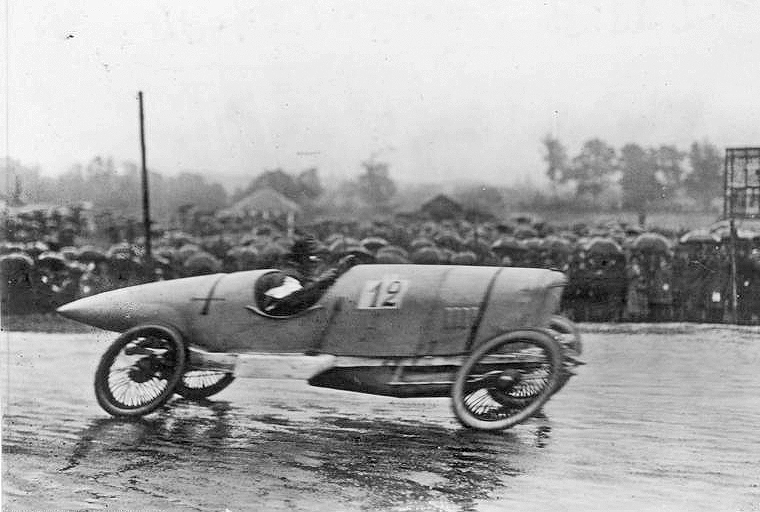I just read that a normal flash illuminates a scene within a 1/250th of a second. (A flash would keep the scene illuminated for a 1/250th of a second, right?
Sort of, depending on the specifics of the flash unit and the power setting. For example, a Canon 580EX Speedlite set to full power discharges over 1/250s according to Andy Gock's Actual Measured Flash Durations of Small Speedlight Strobes. But at 1/128 power, the flash duration is close to 1/20000s. The linked site has durations for a number of lights and you can see the same pattern for all the speedlights (but interestingly, not all the moonlights).
Also, and this is important, the distribution of light over the duration of the flash is not constant. Look at the first image in the linked article:

You can see that there's a strong peak right at the start of the flash, followed by an exponential decay. So even if it takes 1/250s for the flash to fire completely, most of the light is delivered in the first 1/1000s.
And it's the flash's sync speed, right?)
No. The flash sync speed is a property of the camera. It's the fastest shutter speed at which the entire sensor is exposed at once. For the camera to benefit from all the light coming from the flash, the flash duration has to be shorter than the camera's flash sync speed.
So, is just a 1/250th of illumination enough for freezing motion in a dark room?
It can be. It all depends on how fast the subject is moving. Physical motion is continuous, so of course you can never truly stop motion with a fast shutter, but you can record an image over such a short time that there's so little motion during the exposure that there's no motion blur. So, if you're shooting a relatively slow-moving object like a falling drop of water, you can use a longer exposure than if you're taking a picture of a bullet piercing an apple.
However, as discussed above, most of the light from a flash is delivered much more quickly than 1/250s. If the most intense part of the flash happens in the first 1/1000s, then you may get a sharp image of a faster-moving object even if 1/250s isn't really fast enough to "stop" your subject's motion.
why can't we use 1/250s to stop motion in a well-lit place?
If 1/250s is fast enough to stop motion for your subject, then you can certainly do that if there's enough ambient light to shoot at that speed. The ambient light has constant intensity, though, so unlike the flash you'll get significant exposure through the entire 1/250s and motion blur is more likely to be an issue at that speed.
The flash sync speed will generally be a little slower than the camera's shutter transit time, i.e. the time it takes for both shutter curtains to move move from one edge of the sensor to the other. You can shoot at a much higher speed than that in ambient light, but you need to know that the duration of the entire exposure cannot be less than the shutter transit time. At higher shutter speeds, any one portion of the sensor will see only that short exposure but the times at which two parts of the sensor are exposed will be different. If the subject is moving, that can lead to image distortion like this:

This is called the rolling shutter effect, and it's only a problem if you're shooting fast-moving objects and need an image that's free of any temporal distortion. Most of the time our subjects aren't moving so fast that there's a lot of distortion, and we're happy with the sharp, evenly-lit images that a focal plane shutter can give us. Other times, like when you're using photography to actually measure something, the distortion may be more noticeable and problematic.
Shooting in a dark room reduces motion blur made visible by ambient light, but perhaps more importantly it also lets you use a lower power setting on your flash. It's easy to completely overpower room lighting with a flash set to full power, but as seen above, full power also has the longest flash duration. The lowest power setting on the flash gives you the shortest flash duration and therefore the greatest ability to stop motion, but you can't compete with ambient light at 1/128 power, so instead you turn off the lights.



